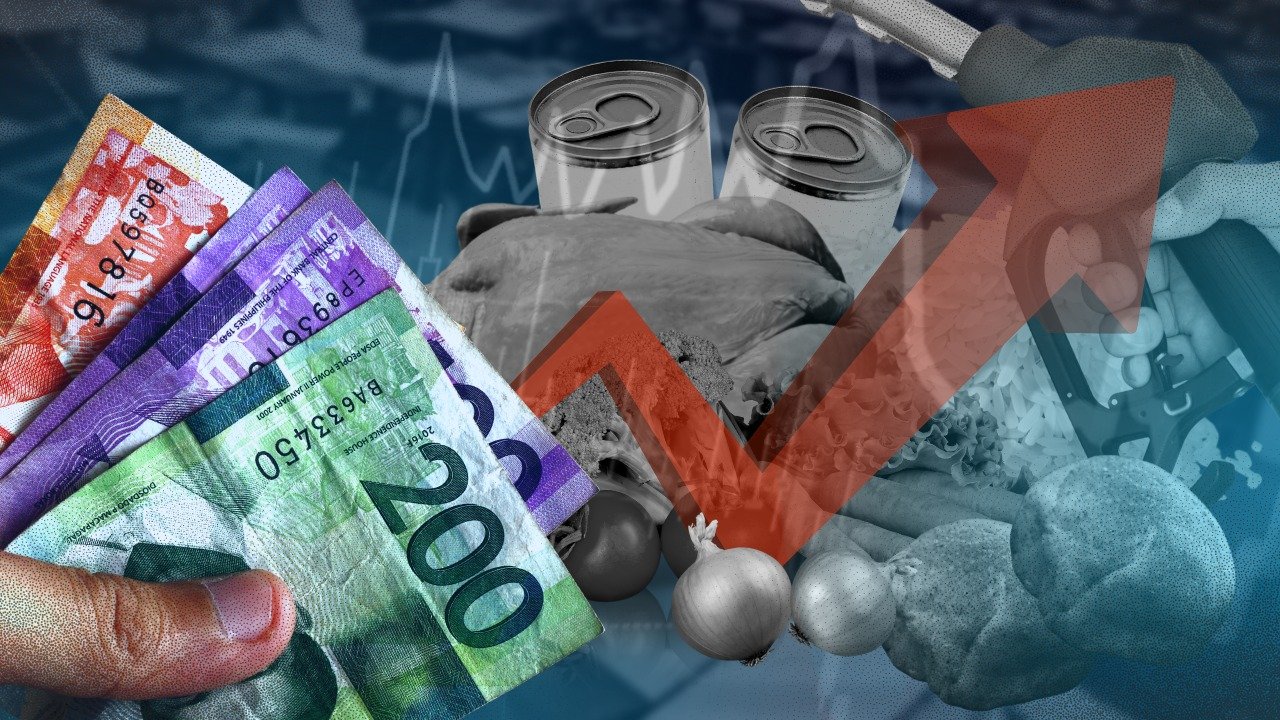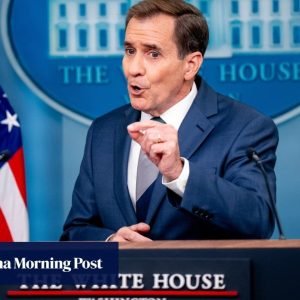

Inquirer file photo
The average inflation rate in the Philippines likely decelerated to 2.5 percent in September, thanks to slower growth in food and transport expenses resulting from lower fuel prices.
This is according to an Inquirer poll of economists, who are optimistic that inflation slowed in September from from the 3.3-percent price gains in the previous month and 6.1 percent a year ago.
If realized, this would settle within the Bangko Sentral ng Pilipinas’ (BSP) 2- to 4- percent target range for 2024.
Aris Dacanay, economist at HSBC, forecasts September inflation to be 2.5 percent, driven by lower fuel prices and a strengthening peso against the US dollar.
Lower prices
“September is when base effects are the most favorable. We expect year-on-year headline inflation to have eased significantly to 2.5 percent year-on-year,” Dacanay said.
Article continues after this advertisement
As of Sept. 17, gasoline and diesel recorded year-to-date net increases of P4.85 and P1.75 per liter, respectively, while kerosene saw a decline of P6.35 per liter. This was primarily driven by weakening global demand prospects and expectations of an oil oversupply.
Article continues after this advertisement
Robert Carnell, the regional head of research at ING Bank, said that lower consumer prices stem from decreasing crude energy prices and a slight fall in rice prices, offsetting the price rises in fruits and vegetables.
More cuts
“That should provide BSP with an excuse for another 25 basis points (bps) of rate cuts at its next meeting in October,” Carnell said.
Carnell expected inflation to have slowed to 2.1 percent last month, while core inflation stood at 2 percent.
BSP Governor Eli Remolona Jr. hinted that it is still possible to slash rates twice more this year on the back of easing inflation.
At its Aug. 15 policy meeting, the BSP cut its policy rate by 25 bps, reducing the key rate to 6.25 percent.
Finance Secretary Ralph Recto shared this view, saying that he expected inflation to cool to 2.5 percent in September, which would allow the BSP to further reduce interest rates, matching the size of the US Federal Reserve’s jumbo rate cut of 50 bps.
Oikonomia Advisory and Research, meanwhile, projected a 2.8-percent inflation rate for September, suggesting that the impact of rice tariff cuts is already being felt, though tempered by recent typhoon disruptions.
The Philippine Statistics Authority will release the September inflation data on Oct. 4.






